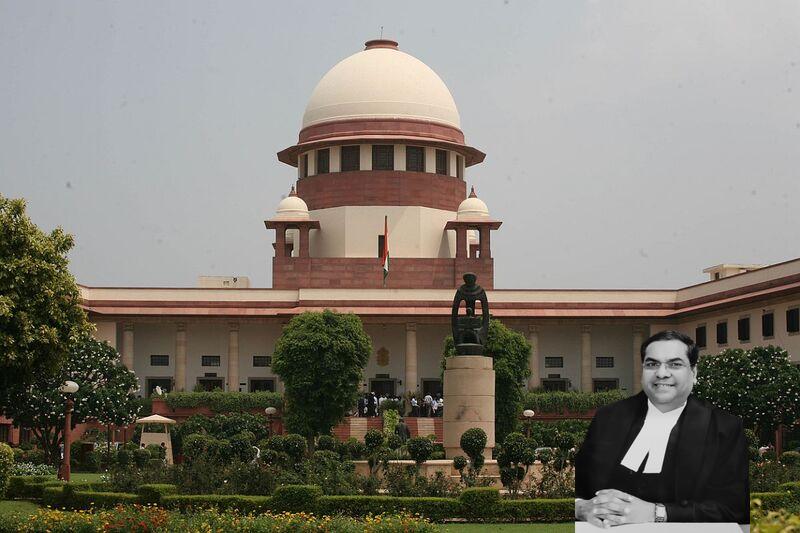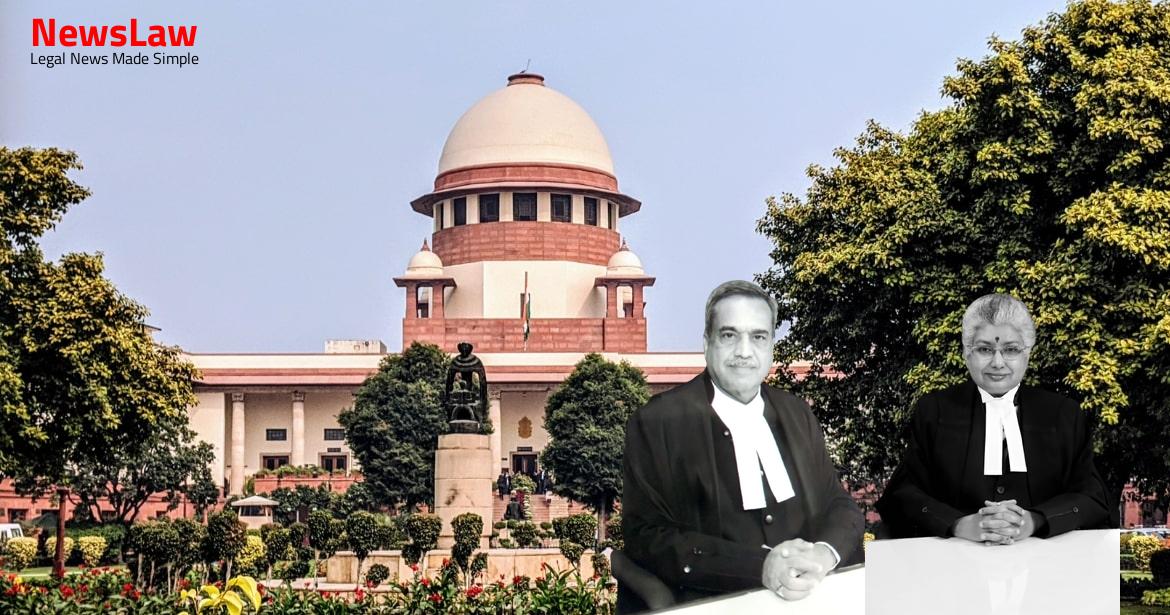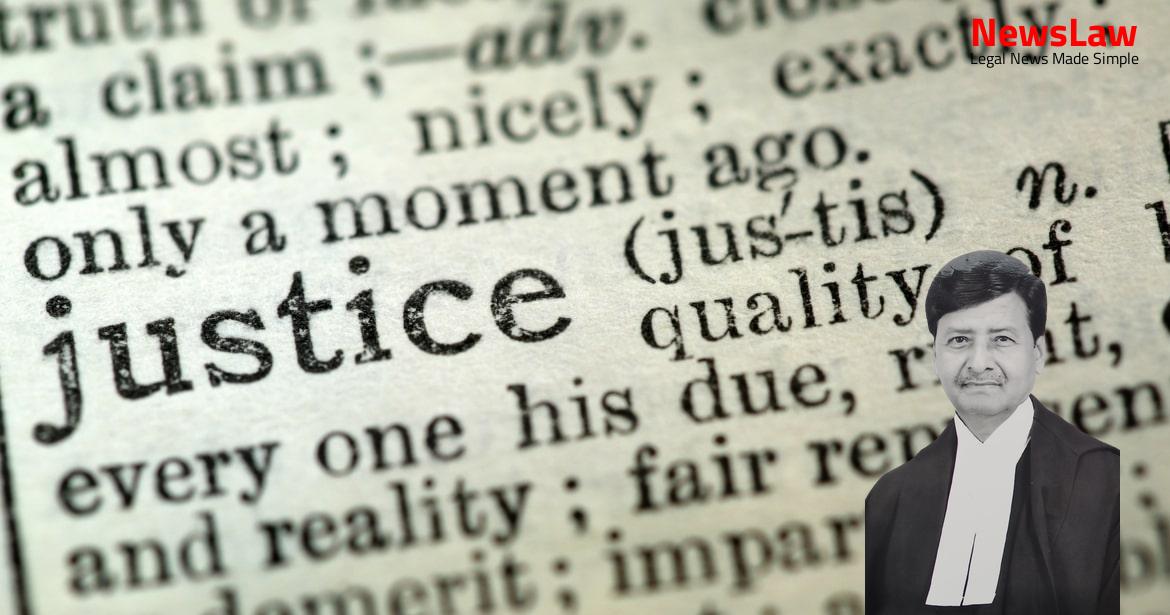On acceptance of tender and in terms of the letter of intent dated 27.02.1992, HPCL had awarded to BEEL the turnkey contract for detailed engineering including civil and structural design, supply and erection, testing and commissioning of 23 MLD capacity Sewage Water Reclamation Plant in Mahul Refinery area. HPCL by the letter dated 05.05.1997 refused to make payment, and relying on the terms of the contract had impressed upon BEEL to resume and complete the remaining work, even if the matter was to proceed for arbitration. Claims of the Claimants: Claim No.1 – Compensation for loss of Overhead and profit and also profitability: Rs.3,38,38,460.00 The claim is forwards loss of Overheads and profit/profitability calculated on the basis of 48 months delay as of 27.08.1997. My finding is that the Owner Respondents are fully responsible for the huge delay that occurred by not taking proper and timely action in removing the various impediments and obstacles that stood in the way of completing the project in the given span of 18 months. As admitted by the Respondents, even the arrangement with MCGB for the supply of Sewage water for purification has not yet been finalised. On these (sic) basis, the Compensation works out to Rs.78,68,833.00 towards loss of overheads and an equal amount of Rs.78,68,833.00 towards loss of profit/profitability, the total being Rs.1,57,37,666.00 after taking into account the same percentage from payments already received by them for the work done.
Claim No.4 – Compensation for carrying out Extra Work: Rs.19,00,225.00 The claim consists of the following 4 items: (i) Transportation of excavated earth Rs.12,05,000.00 (ii) Dewatering charges incurred during delayed period Rs.5,62,570.00 (iii ) Shifting charges for material Rs.1,01,405.00 ( iv) Shifting charges for Filter media Rs.31,250.00 The above jobs have been carried out in relation to the main contract, but have figured as extra items due to certain omissions and commissions by the owner-respondents. Therefore, against the above claim, I awarded to the extent I am satisfied with the documentation, as under: Item No.I Rs.1,20,000.00 towards transportation of excavated earth dumped by other contractors in the work site, prior to award of contract but after submission of the offer. The award dated 23.03.1999 dismisses the counter claim of HPCL for liquidated damages of Rs.57.40 lakhs, on the ground that the delay was caused by omissions and commissions of HPCL. The relevant and material facts and the respective stances of the parties are neither decipherable nor evaluated and no reason has been given for arriving at the conclusion.
BEEL had based Claim No.1 for loss on account of overheads and profits/profitability upon 48 months delay as on 27.08.1997. In other words, the learned arbitrator, for the purpose of default, had excluded the period of 18 months, i.e., the original contract period, plus 4 months as provided by BEEL, and another 3 months on account of internal administrative process and force majeure events. In other words, based on the value of the work executed by BEEL, the proportionate amount has to be reduced for computing the damage/compensation as a percentage of expenditure on overheads, and damages for loss of profit/profitability. In addition, BEEL is entitled to compensation for the delay in execution of the work of Rs.2,92,07,619.13/- till the date payments were made, albeit, the award directs payment of Rs. In order to justify the computation made in the award and also the principle or the method adopted by the arbitral tribunal, BEEL has referred to the Hudson’s formula and relied upon judgments of this Court in McDermott International Inc. [(1973) 3 SCC 406] this Court held that the method used for computation of damages will depend upon the facts and circumstances of each case.
The said formula is said to be widely accepted in construction contracts for computing increased overheads and loss of profit. Although the Hudson Formula has received judicial support in many cases, it has been criticised principally because it adopts the head office overhead percentage from the contract as the factor for calculating the costs, and this may bear little or no relation to the actual head office costs of the contractor. It is applied in the following manner: Step 1 Contract billings Total overhead for contract period = Overhead allocable to the contract Total billings for contract period Step 2 Allocable overhead = Daily overhead rate Total days of contract Step 3 Daily contract overhead rate Number of days of delay = Amount of unabsorbed overhead” This formula is used where it is not possible to prove loss of opportunity and the claim is based on actual cost. The amount of head office overhead allocated to the particular contract is then expressed as a weekly amount by dividing it by the contract period. United States [ Decided on 10- 6-2003 (USCA Fed Cir), 331 F.
If the learned arbitrator, therefore, applied the Emden Formula in assessing the amount of damages, he cannot be said to have committed an error warranting interference by this Court.” 15. The principle is that the sum of money awarded to the party who has suffered the injury, should be the same quantum as s/he would have earned or made, if s/he had not sustained the wrong for which s/he is getting compensated. Contract Sum 5,74,35,213.00 Total Contract Value 2. Overheads (10%) and profits (10%) included in the above sum 1,14,87,042.00 20% of Rs.5,74,35,213.00 (1) i.e. Net loss suffered as on 01.09.1993 [(2) – (6)] 90,47,871.00 As above, for 22 months of work, the Petitioner was to get Rs. Delay in months 24 months Total time spent was 49 Months ( Pg.56 of SLP ) (22 February 1992 to 31 March 1996). Overheads and profit expected during the extra period [(8) * (4)] 1,25,31,318.48 This is the amount for the extra time spent i.e.
Total loss on overheads and profit on this count till 27.08.1997 [(7) – (12)] 1,57,37,665.68 This amount is the sum of overhead and profits due during contract period plus the overhead and profits for the extra period of 24 Months. These explanations are ex facie irrational and eristic for the following reasons: (i) S.No.7 computes the net loss suffered by BEEL as Rs.90,47,871/-as on 01.09.1993, that is for the period of 18 months. Claim on account of loss of profits/profitability and overheads, as has been explained above and also elucidated herein-after with reference to several judgments and treatise, is payable if and when there is an increase in cost of off-site and on-site overheads due to delay in completion of work post the agreed or contractual period which is caused by the employer. on account of loss of overheads and profits for the extra period of 24 months, that is, till 27.08.1997. We have briefly referred to the principle applicable for computing the claim for compensation/damages in case of partial prevention, i.e., where the breach by the employer is not fundamental and does not entitle the builder/contractor to cease the work, or, being fundamental, is not treated as repudiation by the builder/contractor.
The usage of formulae such as Hudson’s, Emden’s, or Eichleay’s formulae to ascertain the loss of overheads and profits has been judicially approved in the English cases of Peak Construction (Liverpool) Ltd v. First, that the contractor is not habitually or otherwise underestimating the cost when pricing; secondly the profit element was realistic at that time; and lastly, there was no fluctuation in the market conditions and the work of the same general level of profitability would be available to her/him at the end of the contract period. The same may also be proven from the books of accounts to demonstrate a drop in turnover and establish that this result is from the particular delay rather than from extraneous causes.
This formula, which emerged in 1960s, is far more nuanced and rigorous, as it requires the builder/contractor to itemise and quantify the total fixed overheads during the contract period. Hudson’s formula might result in double recovery as the profit being added to the profit is already subsumed within the ‘contract sum’. The author has referred to Hudson’s formula as well as Eichleay’s formula, and observes that recently limitations of Hudson’s approach have received greater emphasis as the English courts have become more generous in their approach and assessment of claims for time management. 1,57,37,666/-, towards loss of overheads and loss of profits/profitability, in a contract of Rs. The amount awarded towards loss of overheads and profits/profitability is Rs.1,57,37,666/-. The arbitral tribunal has accepted that principle of mitigation is applicable but observes that the only way BEEL could have abased the loss, was to work on Sundays or holidays. Accordingly, the amendment introduced to Section 34 of the A&C Act vide Act No 3 of 2016 with retrospective effect from 23.10.2015 and the judgments of this Court examining the amended Section 34 of the A&C Act need not be examined.
Per contra, it is argued that party autonomy should not be treated as an absolute defence, as a party despite agreeing to refer the disputes/claims to a private tribunal consensually, does not barter away the constitutional and basic human right to have a fair and just resolution of the disputes. We begin by first referring to the views expressed by this Court in interpreting the width and scope of the post award interference by the courts under Section 34 of the A&C Act. (2) An arbitral award may be set aside by the court only if— (a) the party making the application furnishes proof that— (i) a party was under some incapacity; or (ii) the arbitration agreement is not valid under the law to which the parties have subjected it or, failing any indication thereon, under the law for the time being in force; or (iii) the party making the application was not given proper notice of the appointment of an arbitrator or of the arbitral proceedings or was otherwise unable to present his case; or (iv) the arbitral award deals with a dispute not contemplated by or not falling within the terms of the submission to arbitration, or it contains decisions on matters beyond the scope of the submission to arbitration: Provided that, if the decisions on matters submitted to arbitration can be separated from those not so submitted, only that part of the arbitral award which contains decisions on matters not submitted to arbitration may be set aside; or (v) the composition of the Arbitral Tribunal or the arbitral procedure was not in accordance with the agreement of the parties, unless such agreement was in conflict with a provision of this Part from which the parties cannot derogate, or, failing such agreement, was not in
(4) On receipt of an application under sub-section (1), the court may, where it is appropriate and it is so requested by a party, adjourn the proceedings for a period of time determined by it in order to give the Arbitral Tribunal an opportunity to resume the arbitral proceedings or to take such other action as in the opinion of Arbitral Tribunal will eliminate the grounds for setting aside the arbitral award.” 34.



